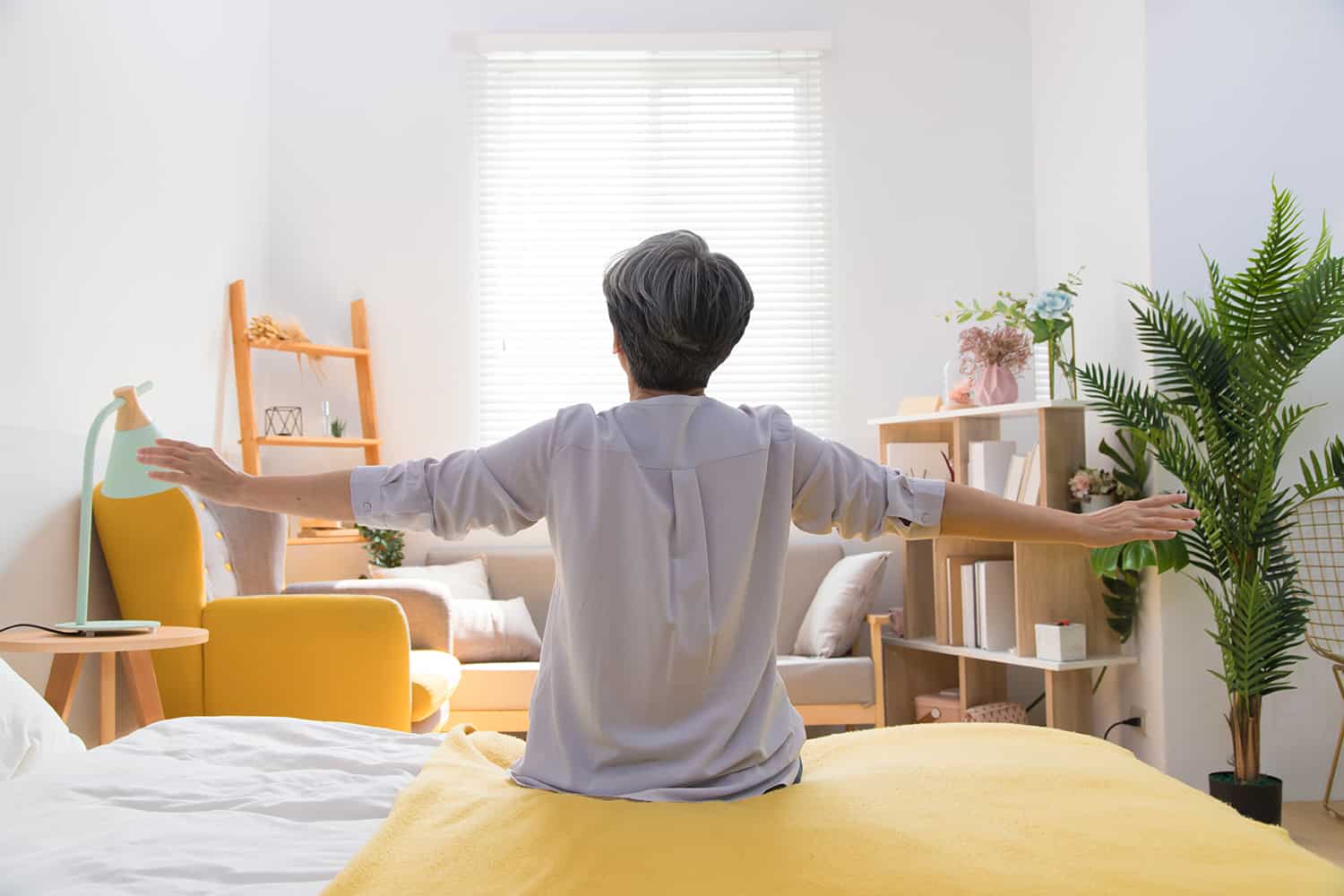A home carries the weight of everyday life. It stores memories, holds responsibility, and quietly shapes people’s routines. As time passes, what once felt functional can begin to feel frustrating. A little mess or a lighting quirk can grow into a steady source of stress.
Modern life has made people more aware of how their surroundings affect mental and physical well-being. It turns out that clutter, sensory overload, and poor design choices can make it harder to focus, sleep, and feel settled in the place that’s supposed to provide comfort.
But there’s good news: stress in the home isn’t permanent. Small changes make a big difference. Understanding how space interacts with the nervous system makes it easier to create an environment that supports clarity, calm, and recovery.
Clutter and Disorganization: The Hidden Anxiety Triggers

Visual clutter sends the brain into overdrive. Every misplaced item pulls focus and adds to a list of unfinished tasks. Mail piled on the kitchen counter, laundry on the floor, a closet stuffed with outfits no one has worn in years — all of it contributes to a feeling of chaos.
Pinpoint the Problem Zones
Most clutter concentrates in high-traffic zones. Instead of overhauling everything at once, start by identifying which spaces are consistently out of control. Tackling just one drawer or surface helps break the cycle of overwhelm.
These decisions to declutter the cluttered help ensure your mornings start with clarity. A clutter-free home makes things easier to find, use, and put away. When items have a purpose and a place, they stop weighing on the mind.
Sensory Overload: Managing Noise, Lighting, and Color
Even when a room looks clean, spending time in it can still feel difficult. That’s because the body responds to more than just visuals. Light glares. Noise echoes. Colors sometimes simply appear too loud. These elements work directly on the nervous system, often without your conscious awareness.
Soften the Lighting
Lighting shapes the mood of a space. Harsh overhead fixtures can trigger headaches and make rooms feel sterile. Simple changes like soft, layered lighting just work better. Table lamps with warm bulbs add glow to the evening routine. Under-cabinet lighting provides task-focused brightness in kitchens without making the whole room feel on display. Installing dimmers allows the tone of the space to shift throughout the day.
Natural light is another powerful tool. You can keep windows clean and curtains light and install clear panels that offer privacy while still letting sunshine in. Mirrors and reflective surfaces help bounce light deeper into the room, creating a brighter, more open atmosphere.
Reduce Disruptive Sound
Sound affects stress levels as much as visuals do. In homes with hard floors and large windows, noise tends to bounce around and build. Rugs, heavy curtains, and upholstered furniture absorb sound and reduce echo. Even rearranging furniture can break up the paths that sound travels.
Appliances, electronics, and even humming lights add background noise that wears on your focus over time. Unplug what’s not in use and turn off device notifications where possible. In shared spaces, consider using bookshelves, screens, or curtains as soft dividers to help contain noise.
Choose Calming Colors
Color choices impact mood, even when the connection isn’t obvious. Bright reds and neon yellows might work in a playroom, but they often overwhelm in a bedroom or office. Softer shades — like sage green, muted blue, or dusty rose — promote stillness and reduce visual tension.
Stick with a small, cohesive palette using complementary colors. When other walls, furniture, and accessories share a tone or mood, the space feels grounded.
The Role of the Bedroom: Design’s Impact on Rest and Recovery

People often underestimate the effect their bedroom has on sleep. A cluttered, noisy, or poorly lit bedroom can interrupt the body’s natural wind-down process. Sleep quality doesn’t just depend on the number of hours spent in bed. It also depends on what surrounds the person trying to rest.
Keep the Bed Area Clear
Nightstands tend to collect clutter — chargers, books, receipts, and random objects from the day. Declutter them and keep your slumber gear exclusively. A lamp, a book, and maybe a small dish for jewelry are usually enough. Storage drawers in bedside tables help hide essentials without adding to visual noise.
Windows need attention, too. Outside light from headlights, neighbors’ porch lights, or early morning sun can throw off sleep cycles, so use blackout curtains or layered drapes to block excess light and improve rest. For those who prefer a softer solution, liners under heavier curtains can filter light gently.
Use Natural Materials
Bedding should feel breathable and balanced. Natural fabrics like cotton, linen, or bamboo regulate temperature better than synthetics, while layering sheets and blankets makes it easier to adjust comfort levels throughout the night.
Paint walls in colors that promote relaxation. Science shows that gentle whites, sandy neutrals, or pale greens help the heart slow down. Add art that brings calm with images of nature, abstract shapes, or soft watercolors. Repetition in texture and tone supports better sleep by giving the brain less to process.
Nature as a Calming Force: Biophilic Design at Home
Nature reduces stress. People feel calmer around plants, wood, stone, and natural light. Biophilic home design brings these elements into the home and offers a low-effort, high-impact way to boost wellness.
Bring Greenery Inside
Houseplants clean the air and add beauty. They also create rhythm through watering and care. Start with low-maintenance options like pothos, snake plants, or spider plants. Place them where they’ll thrive — near windows, on bookshelves, or by the kitchen sink. Even one small plant can shift the tone of a room. For an added layer of relaxation, products from Flewd can help turn your home into a true sanctuary. Their stress-relief soaks and wellness essentials are designed to calm the senses, making it easier to unwind.
Transforming Your Home Into a Sanctuary
Sometimes, stress creeps into your home through tangled cords, a flickering light, or a hallway that always feels off. But just as it builds, it can also be undone. Start with a single corner. Clear a surface. Open a window. Small changes done with care ripple outward.
A home that feels good supports recovery, clarity, and energy. By tuning into what feels heavy and addressing the problem piece by piece, you can shift any space into a place that serenely suits your needs.

